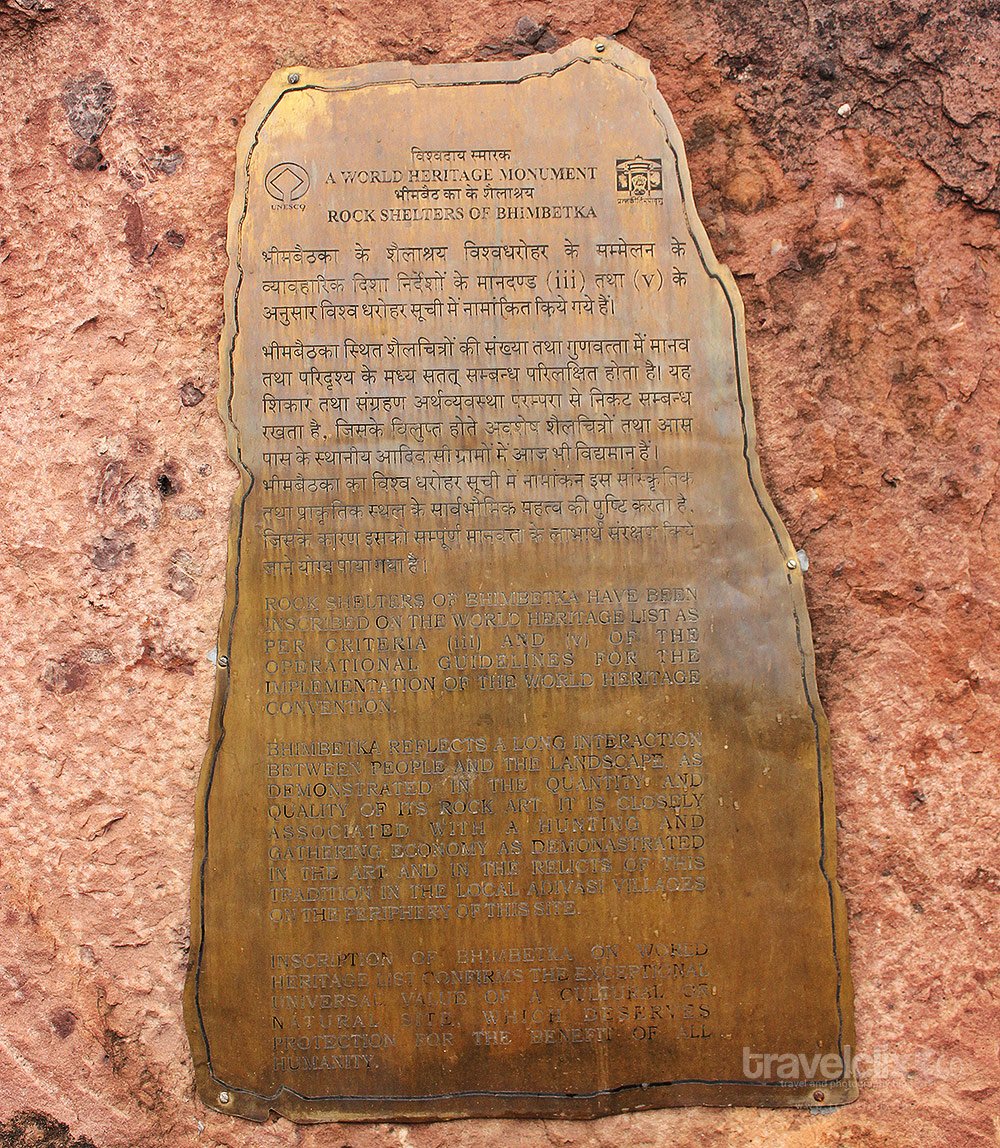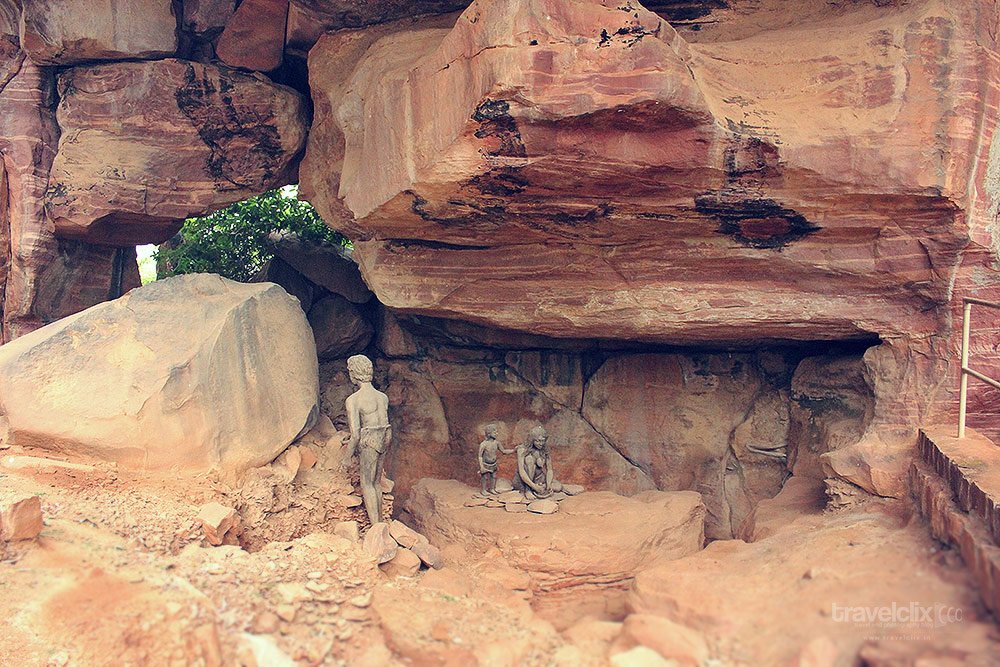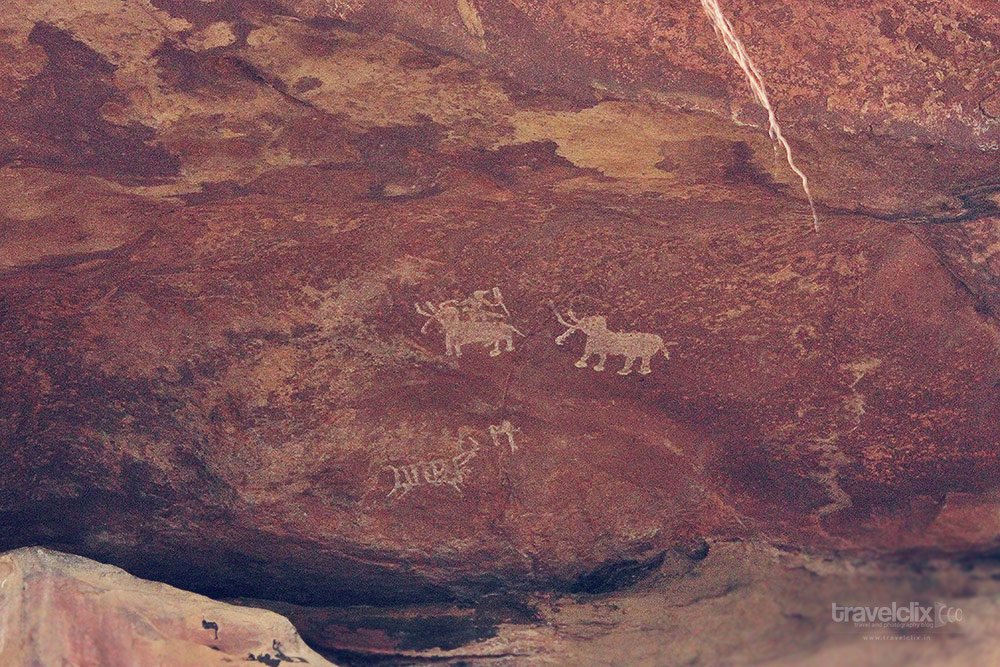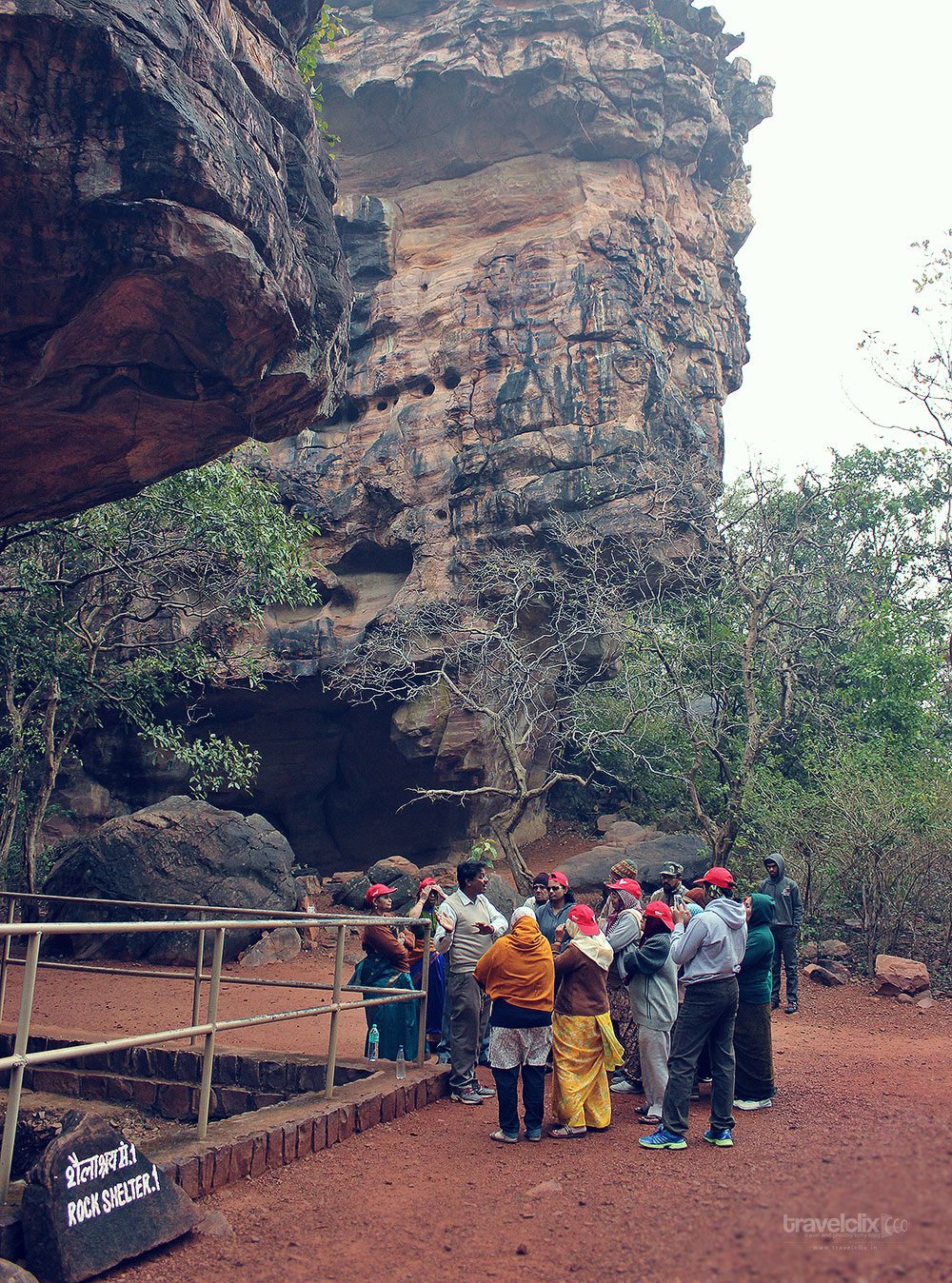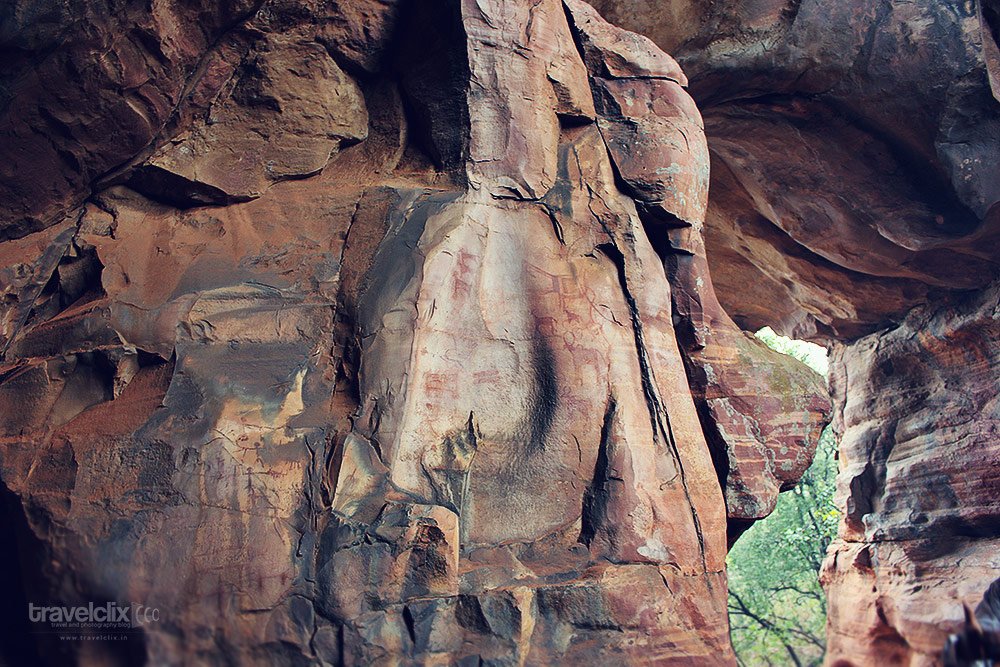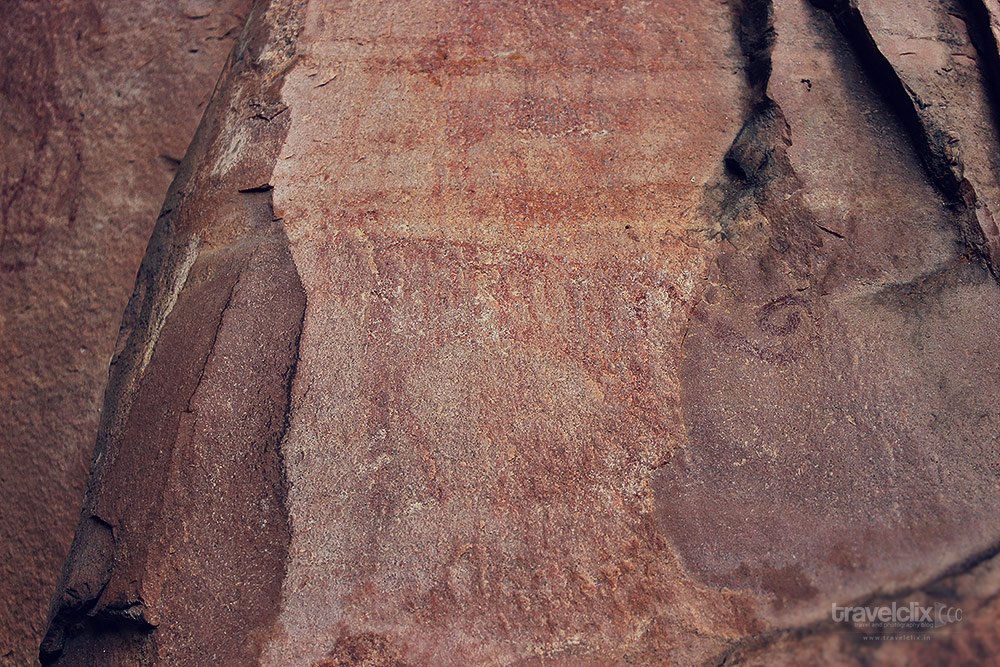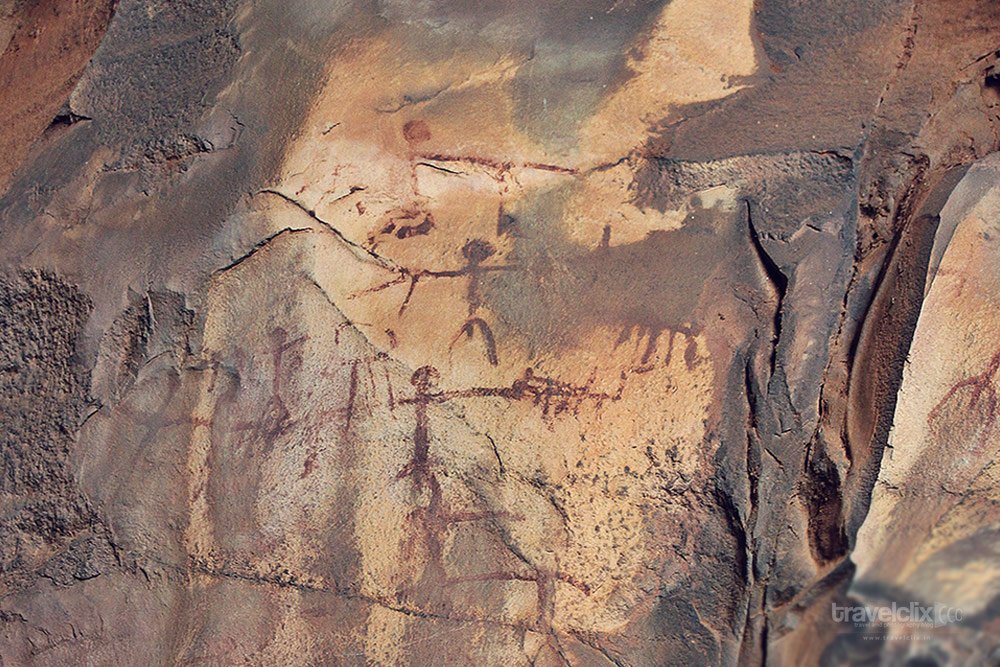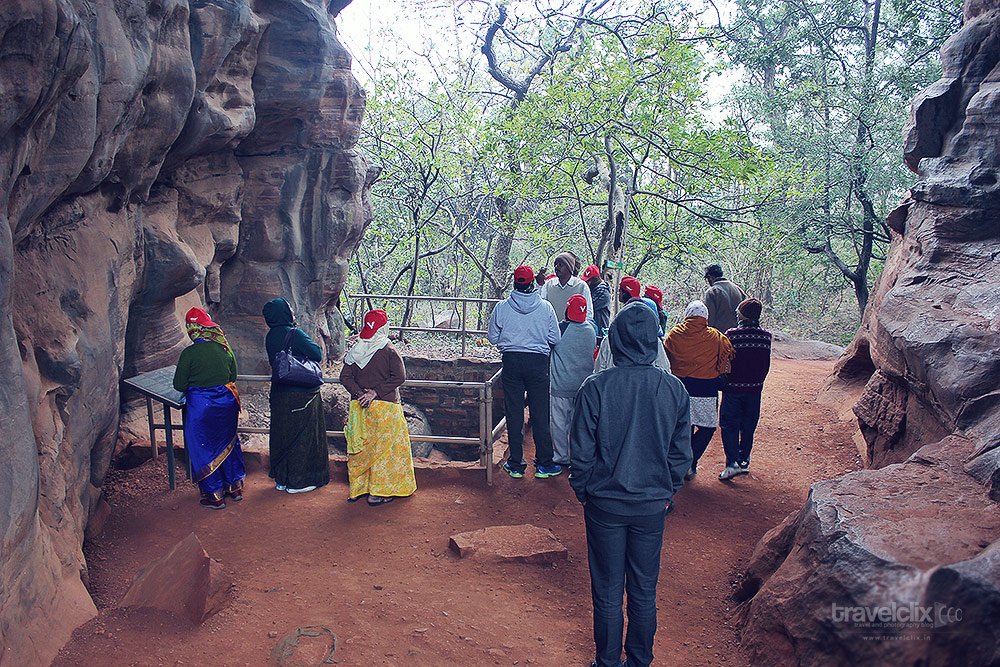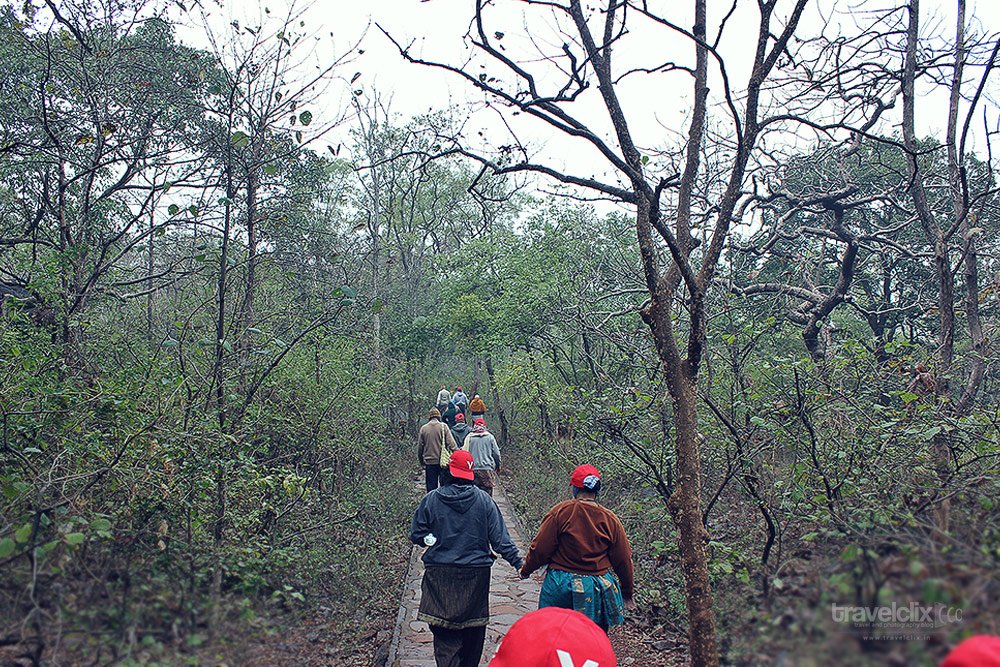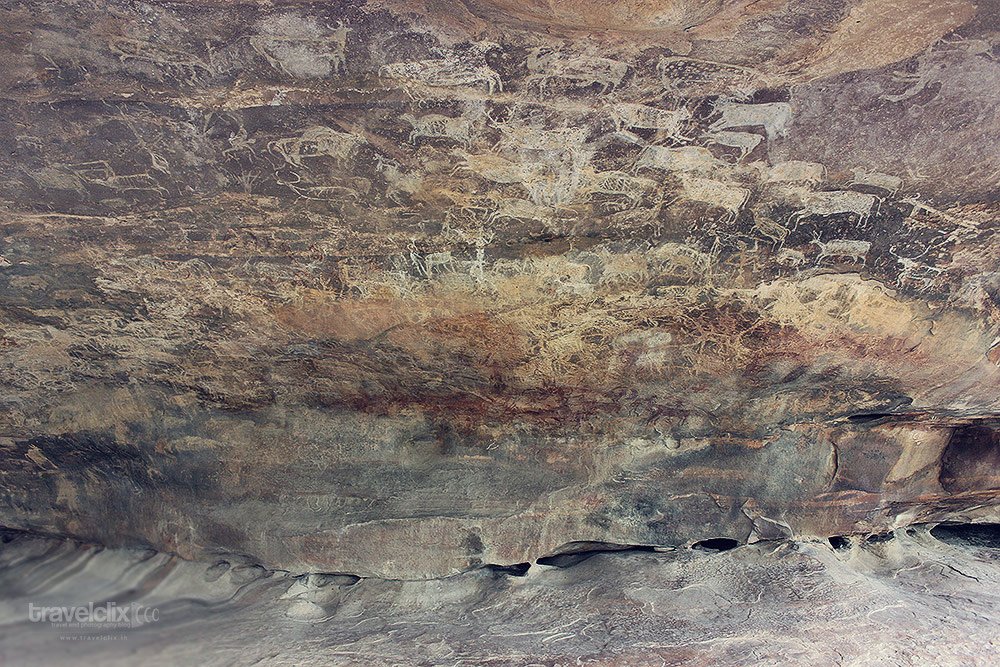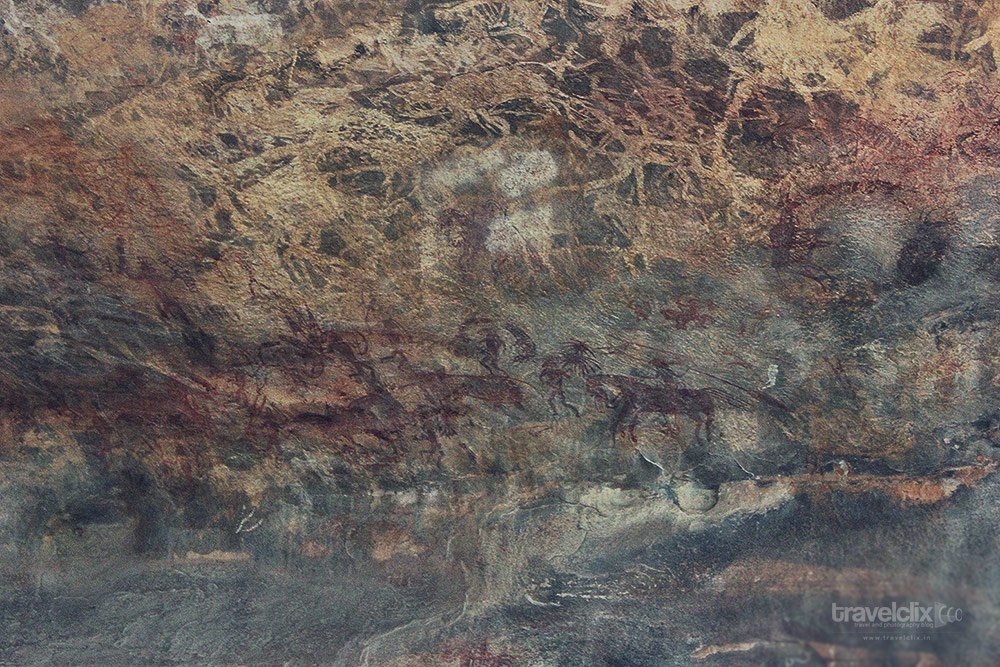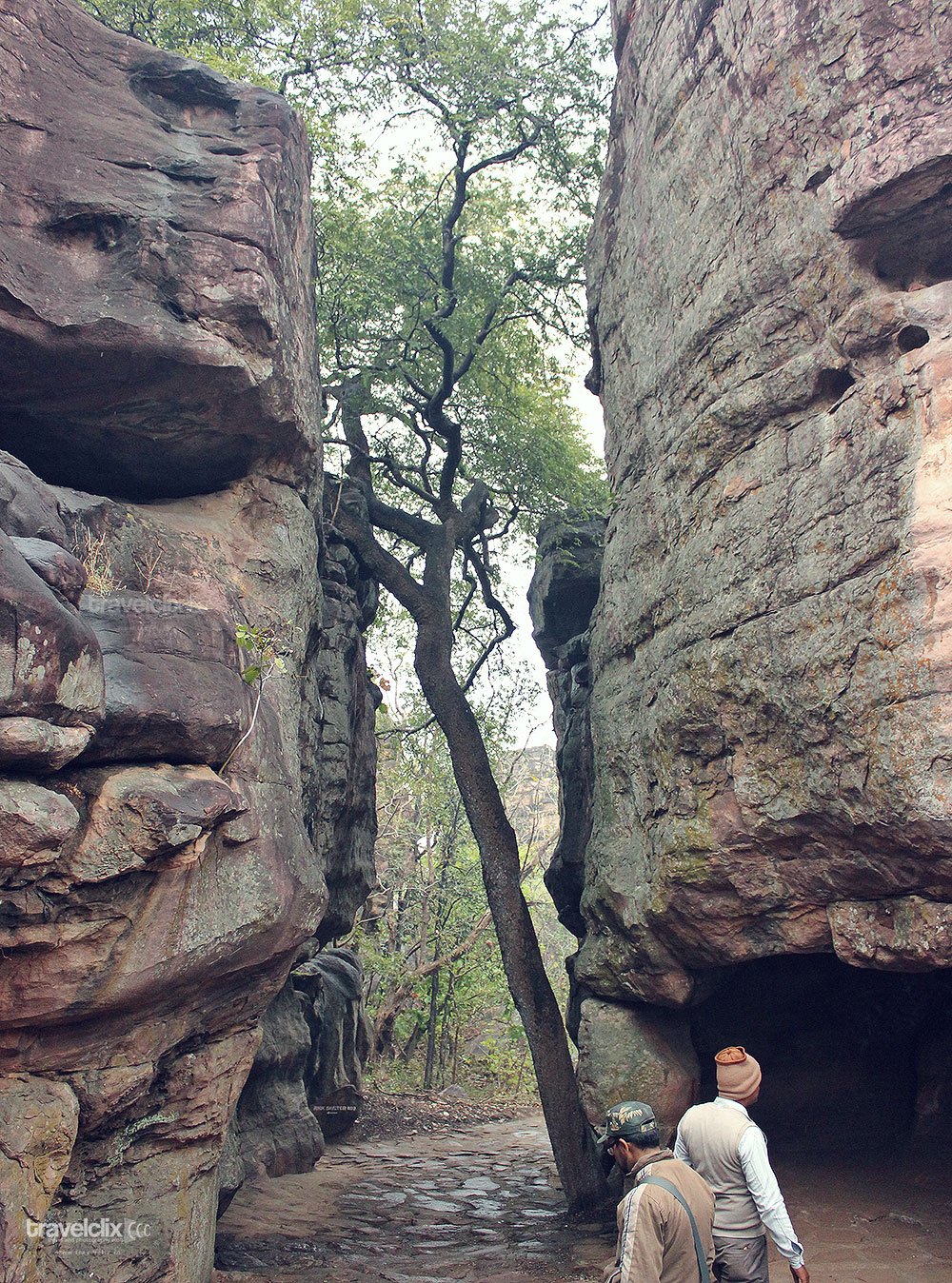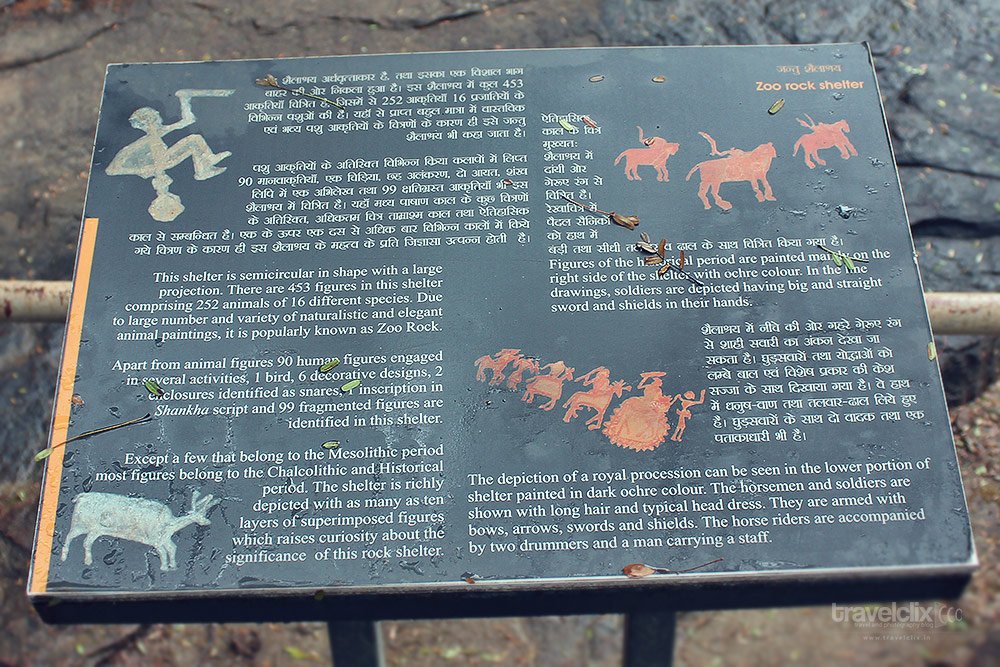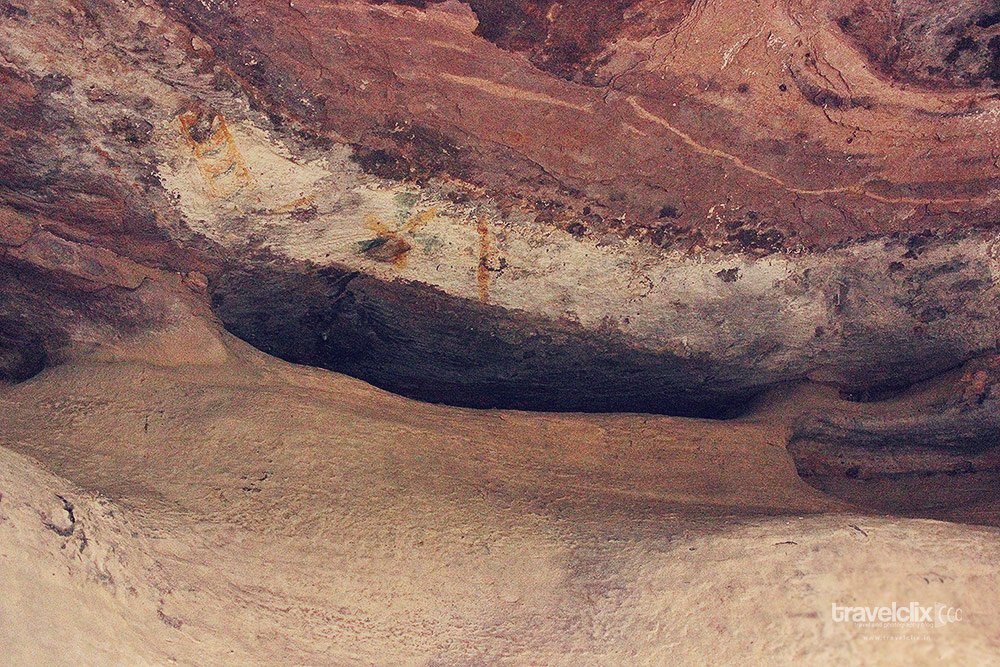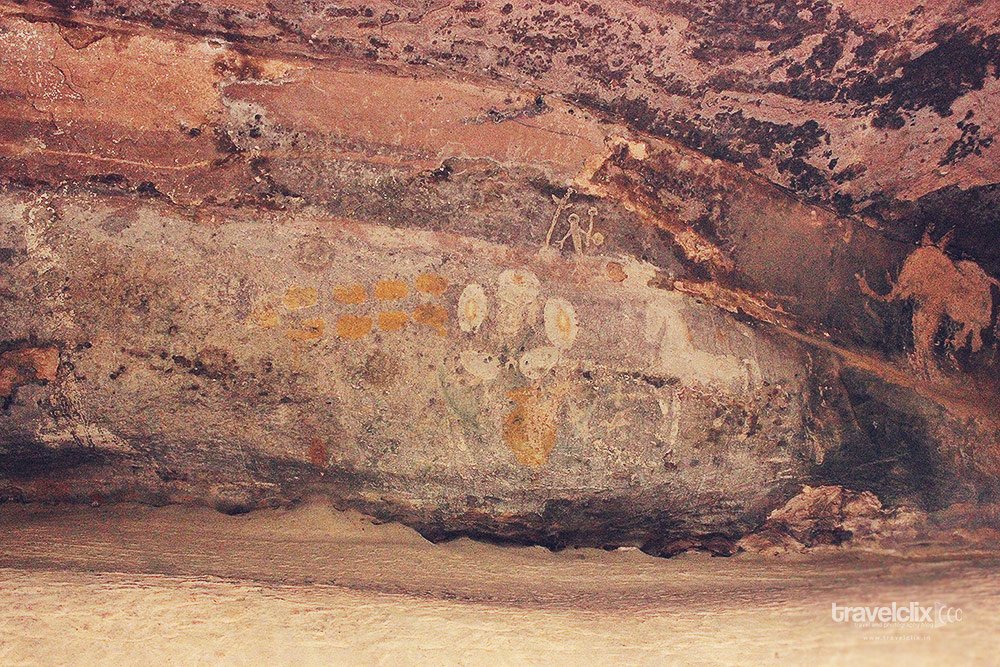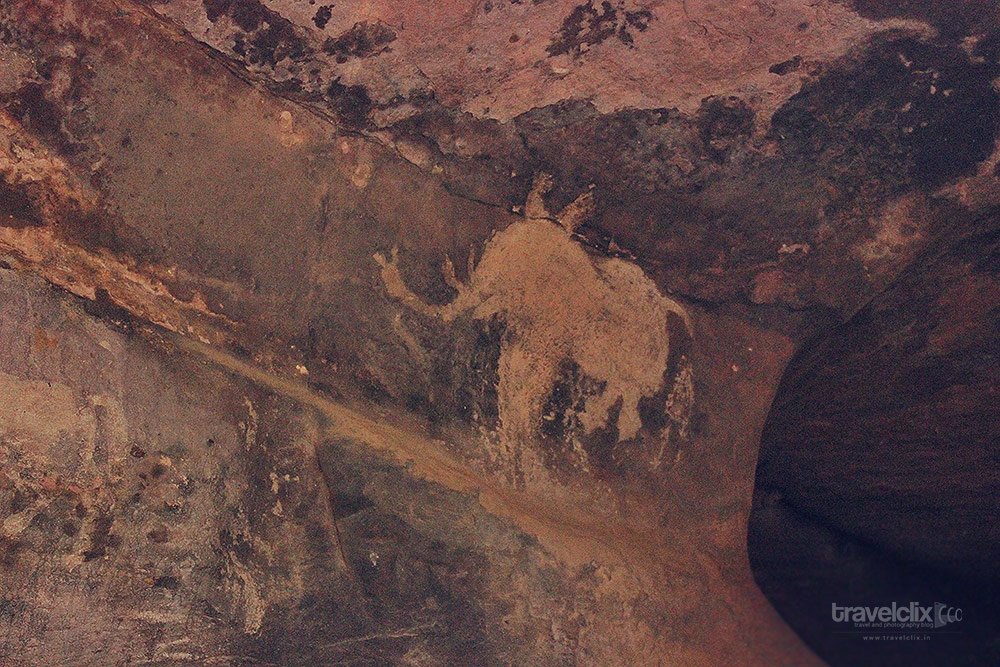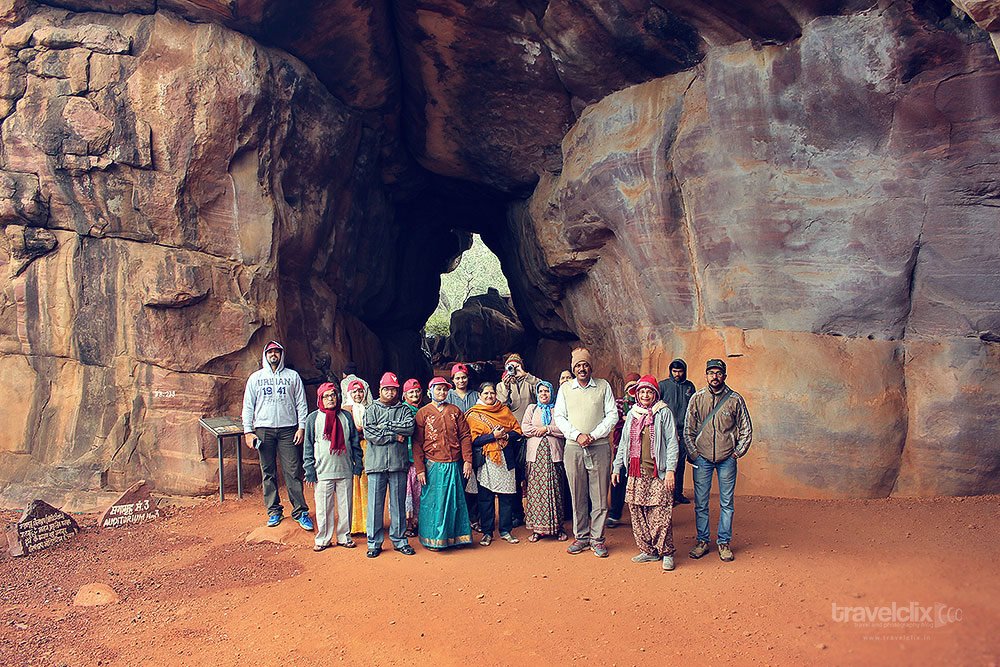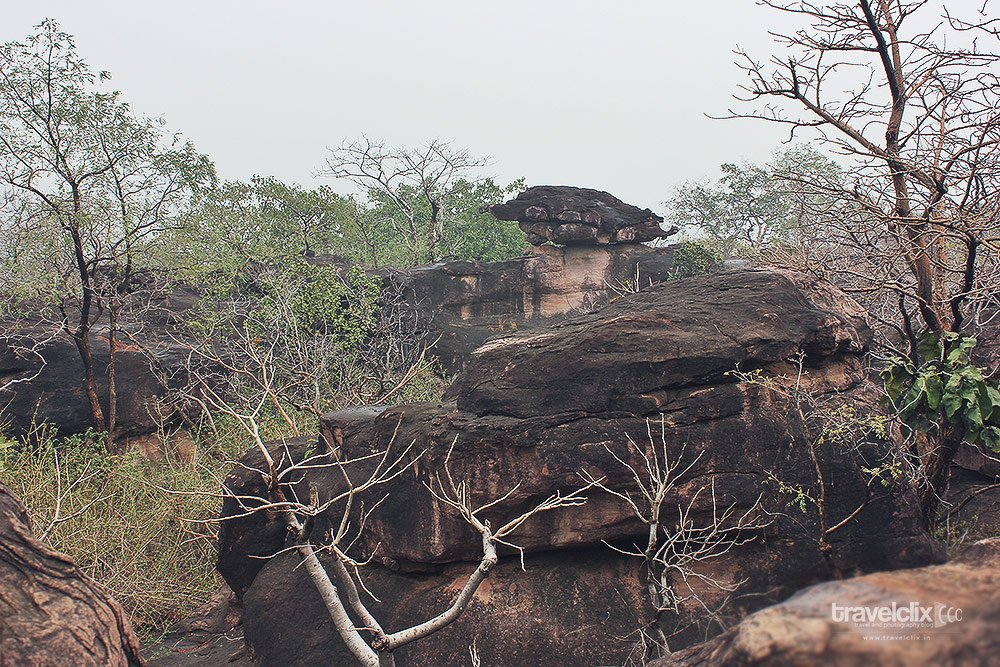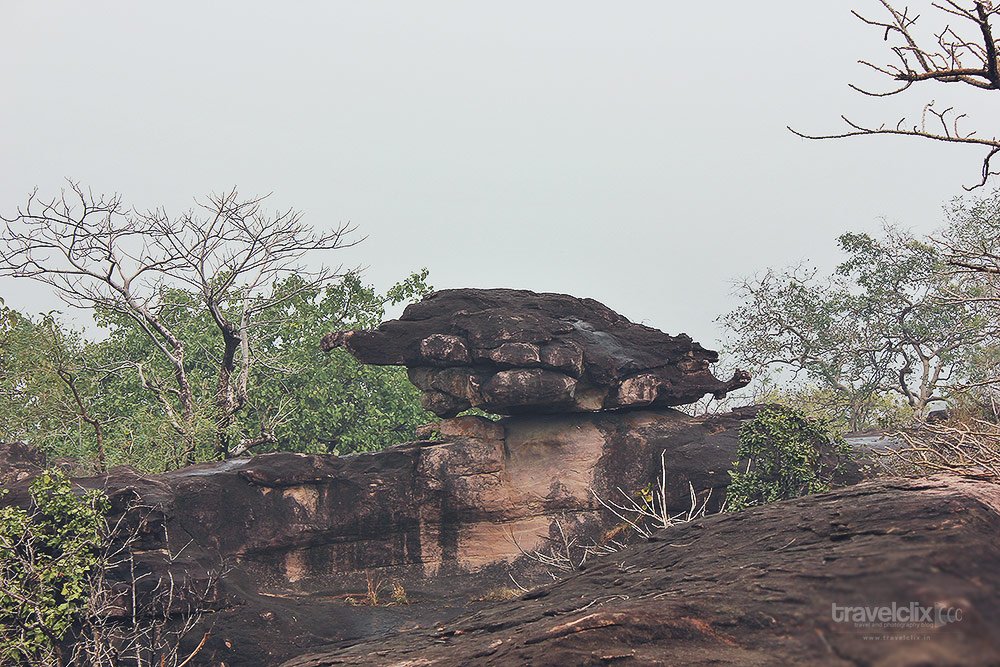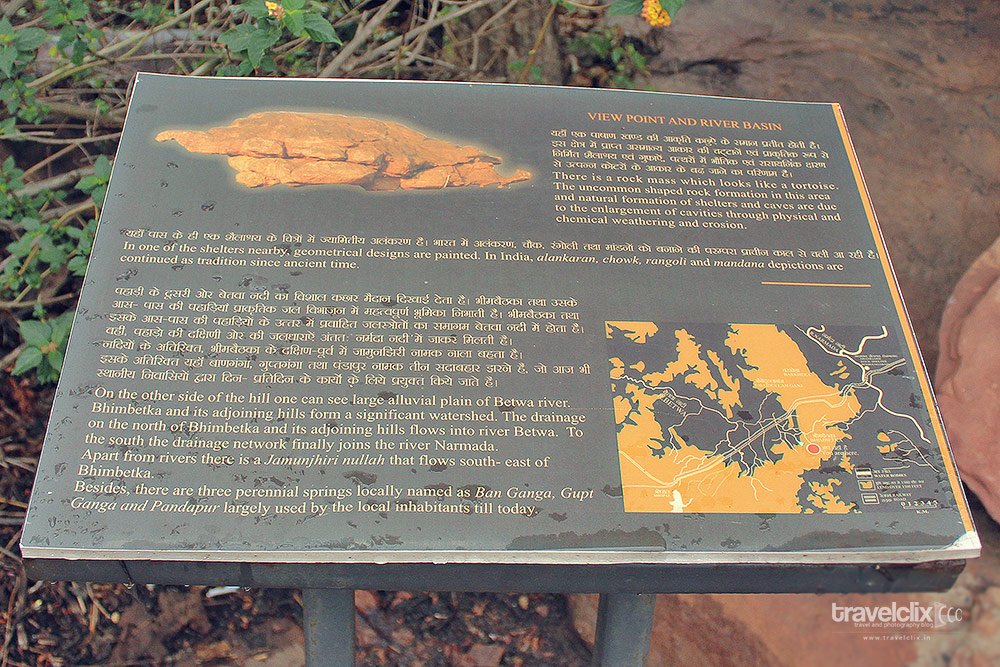Bhimbetka is located in Raisen district of central state of INDIA “Madhya Pradesh”.
Rock Shelters of Bhimbetka are one of the
UNESCO World Heritage sites in India.
Declared in 2003 and known for amazing “Rock Shelters” and “Cave Paintings“.
It is situated in lush green, dense forest and rocky terrain of Vindhyan range, within the northern periphery of the Ratapani Wildlife Sanctuary. The Rock Shelters of Bhimbetka are located about 46 km south east of Bhopal en route to Hoshangabad. Bhimbetka has been made easily reachable by the state government but visitors can view selected clusters only for the sake of conservation purposes.
Let’s start the TOUR
Welcome to STONE AGE 🙂
He was Dr. Vishnu Shridhar Wakankar, an archaeologist who has discovered this amazing place during 1957. These rock shelters are spread across 10Kms length and 3Kms width area. This region has more than 700 rock shelters, of which over 400 have paintings Out of which 243 Rock Shelters are in Bhimbetka (III), 133 contain paintings. Bhimbetka Cave paintings exhibits prehistoric cave paintings and some are around 30,000 years old.
Here below you can see mummies of Stone Age people…Kidding…those are just for presentation 🙂
Can you believe that?
These rock shelters and Paintings are from different periods like Upper Palaeolithic(50,000 and 10,000 years ago), Mesolithic, protohistoric and early historic periods. Massive naturally occured rock formations are identifiable landmark from kilometres around.
These paintings are largely in Red and White colors but you can see use of Green and Yellow as well.

Yes they had somehow used paint (from naturally occurring resources) to draw these paintings which can be clearly seen after thousands of years. Comparatively, we have to paint our houses in every few years. 🙂
Here is the place where excavation team found a skeleton buried with stone age tools. Our guide said that this skeleton is kept now in Deccan College Museum.
Yes in PUNE
Now we are heading towards “ZOO Rock Gallery”
These paintings include animals like Horse, Rhinoceros, Tiger, Elephant, Wild Boar, Antelopes, Lizards, Monkeys, Peacocks etc. It can also be seen activities like Hunting and Dancing.
Rock paintings that are well protected from direct sunlight, surface run off of water, and wind erosion are well preserved.
Evolution of Mankind
Can you see HUMAN Face in the rock?
Can you see LION in the rock?
Also can you see something in lion’s mouth? Let me zoom it for you 🙂 check below
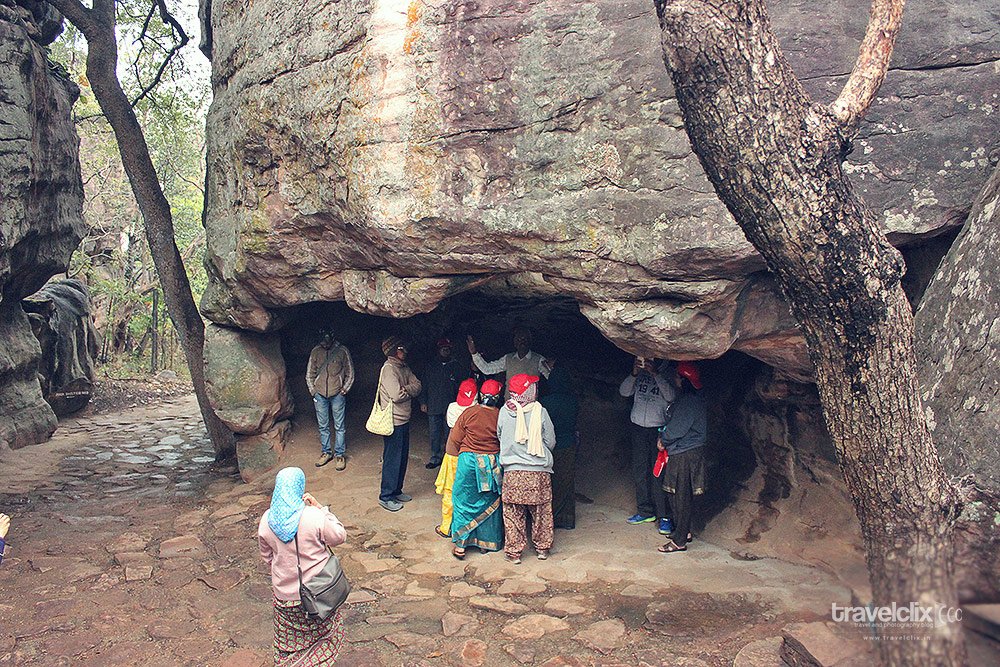
Natural Cave / Rock Shelter, Bhimbetka – caves are wide enough and 6ft high includes 25 – 30 ppl at a time

Horse Riders…Wait…Look closely, you can see major difference in HORSE shape than previous painting. These two painting show signs of Human Evolution and understanding.
Rock formation found here are result of different weather conditions from millions of years.
What you see below is natural and not MAN made
Bhimbetka also has archaeological remains of Monasteries, Mini Stupas from the Maurya / Sunga periods and Inscriptions painted in white and red, engraved on the rock surface in Sunga Brahmi (second century BC), post-Gupta Brahmi and Sankha Lipi (first century BC – seventh century AD). Not only this but remains of temples and mainly large number of Stone Tools are found during excavations.
Thank you for checking our Blog post
Destination Guidelines:
All caves are not open for public but some part of the site is. You have to explore this place by walking only so it might be strenuous for senior citizens.
How to Reach
Bhopal (about 46 Km.from Bhimbetka) is the nearest for all modes of transport i.e. Air, Railway and Bus.
Best Time to Visit
You can visit throughout the year but best time is July To March
Open Timings
It is open from Sunrise to Sunset
Fees
- ₹25 entry fee per person for Indians
- ₹300 per private car
- ₹200 Guide fee
Note: Information of pricing/timing given here may change so please confirm with tourism department before visiting.
Things to Carry
- You must carry sufficient water and food with you as there is no arrangement near by
- Rain Coats (Monsoon) and Woollens (Winter)
- Camera is allowed
- Your regular Medicines
- Guide is must here
History of Rock Shelters of Bhimbetka
According to ASI, first reference to Bhimbetka was by W. Kincaid, published in a paper on information from the adivasis for a reconstruction of the history of the Bhojpur lake and mentions Bhimbet hill on the opposite end of the lake as a Buddhist site but later discovered by Archaeologist Dr. Vishnu Shridhar Wakankar in 1957.
Bhimbetka gets his name from “Bhimbaithaka” or “The sitting place of Bhima”, one of characters of epic MAHABHARATA. It is believed that when Pandavas were banished from their kingdom, they came here and stayed in these caves. Bhim used to sit on these rocks hence the name 🙂 There is no clear evidence for this but when you see these rock formations and their size all we can say is “BHIMKAI (HUGE)”.
Relative Books
Prehistoric Painting Of Bhimbetka By Yashodhar Mathpal
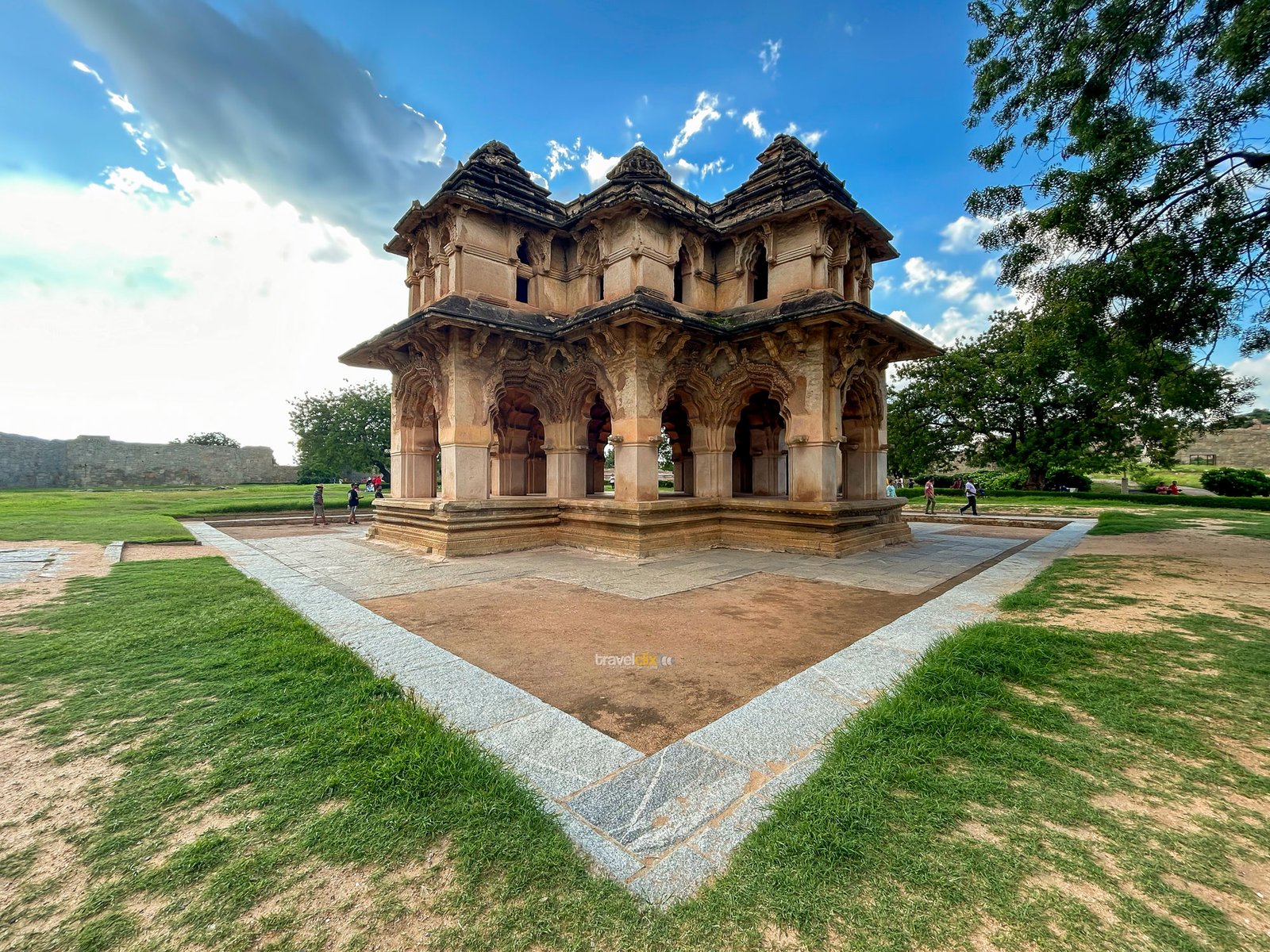
 Vernal Hanging Parrot
Vernal Hanging Parrot Pench - Introduction
Pench - Introduction Pench - Safari In The Rain
Pench - Safari In The Rain Lothal - Harappa Port Town
Lothal - Harappa Port Town Tadoba Diaries – An Unforgettable Day
Tadoba Diaries – An Unforgettable Day Khajuraho Group of Monuments
Khajuraho Group of Monuments


